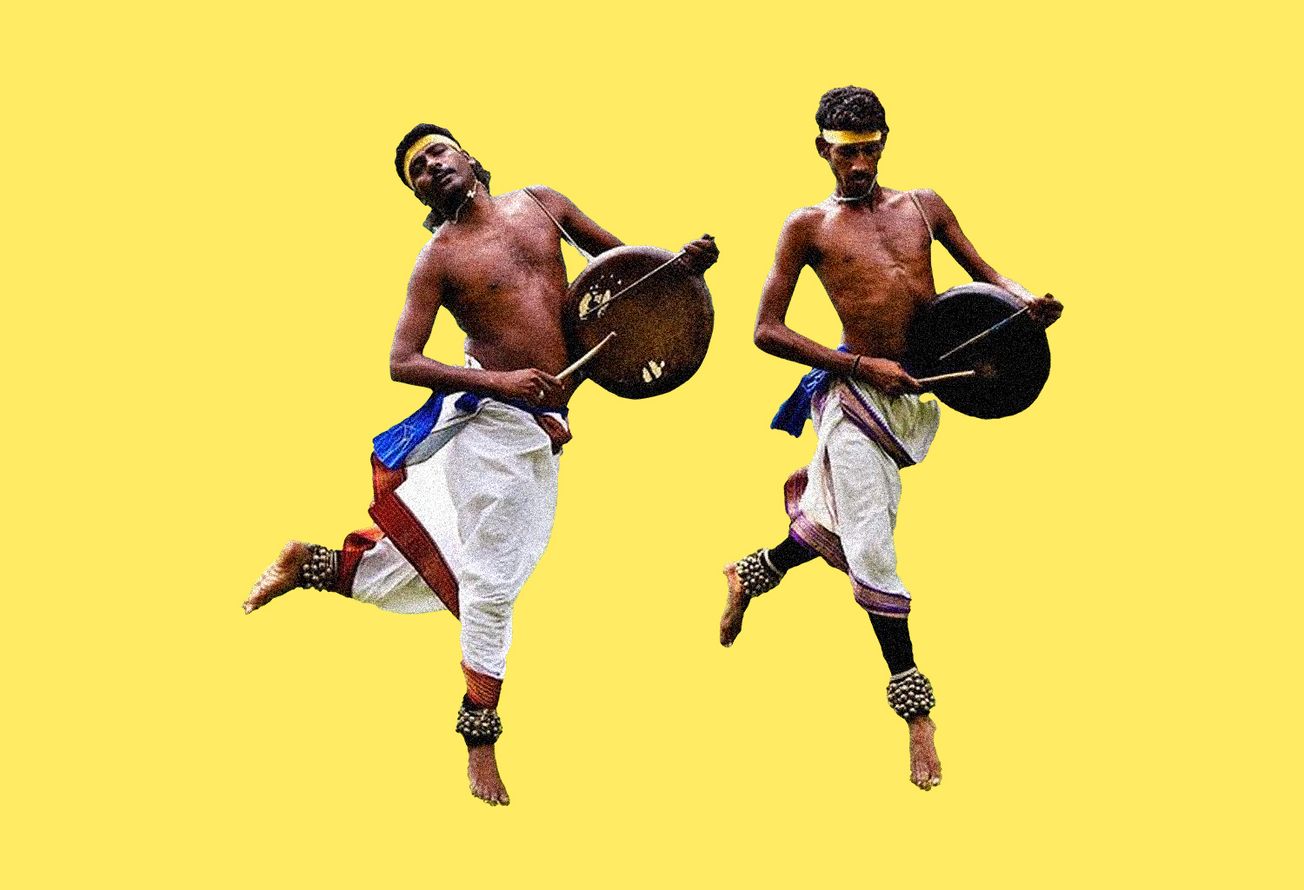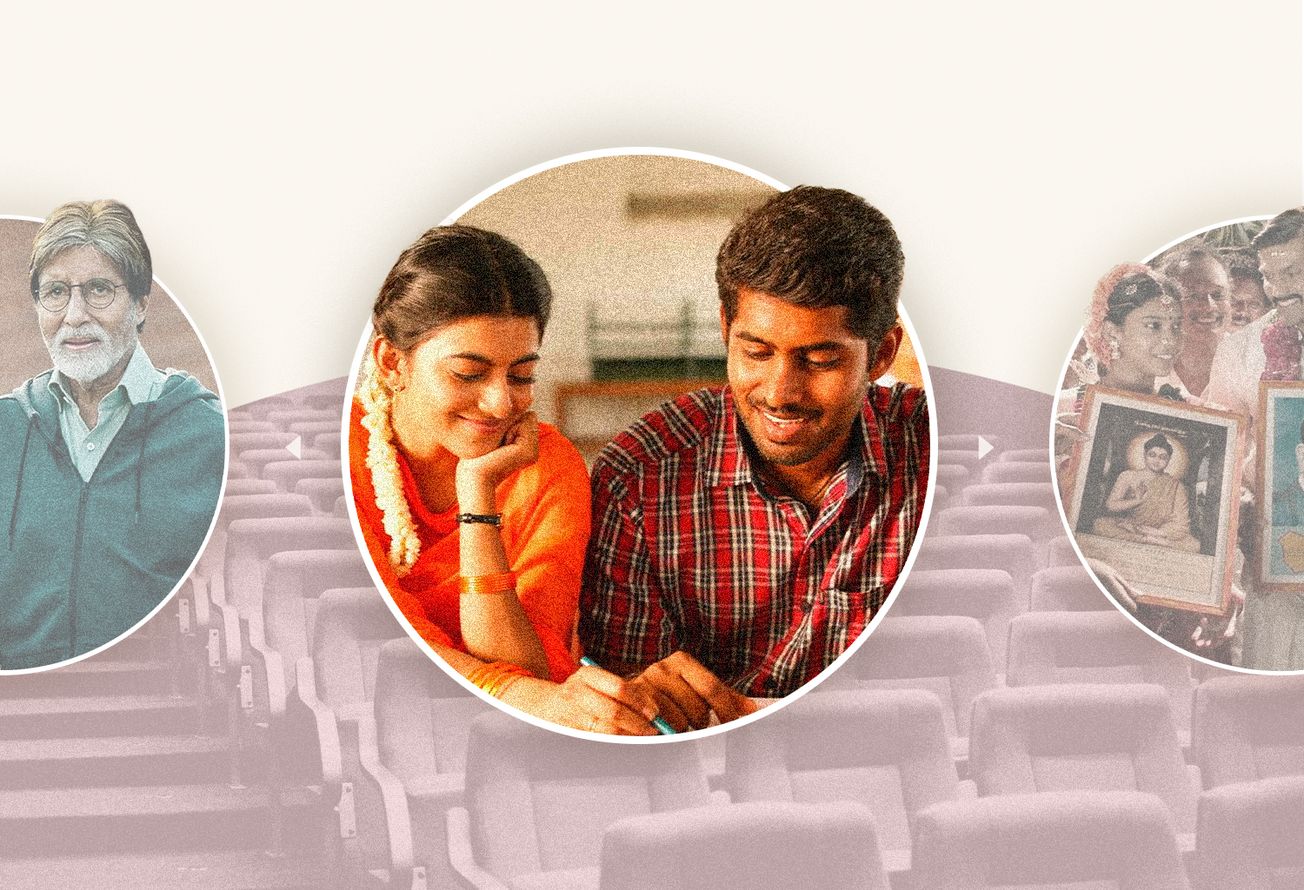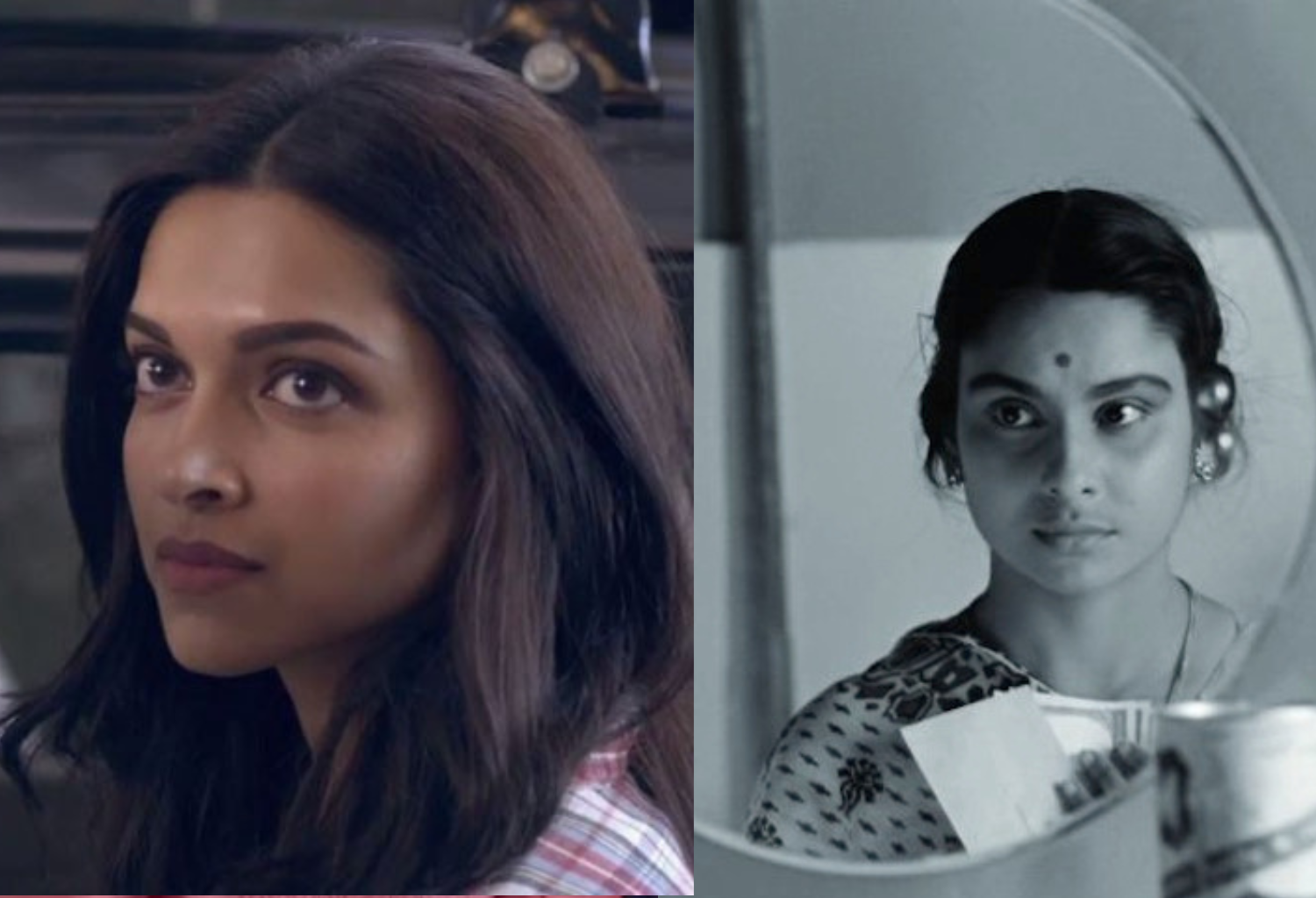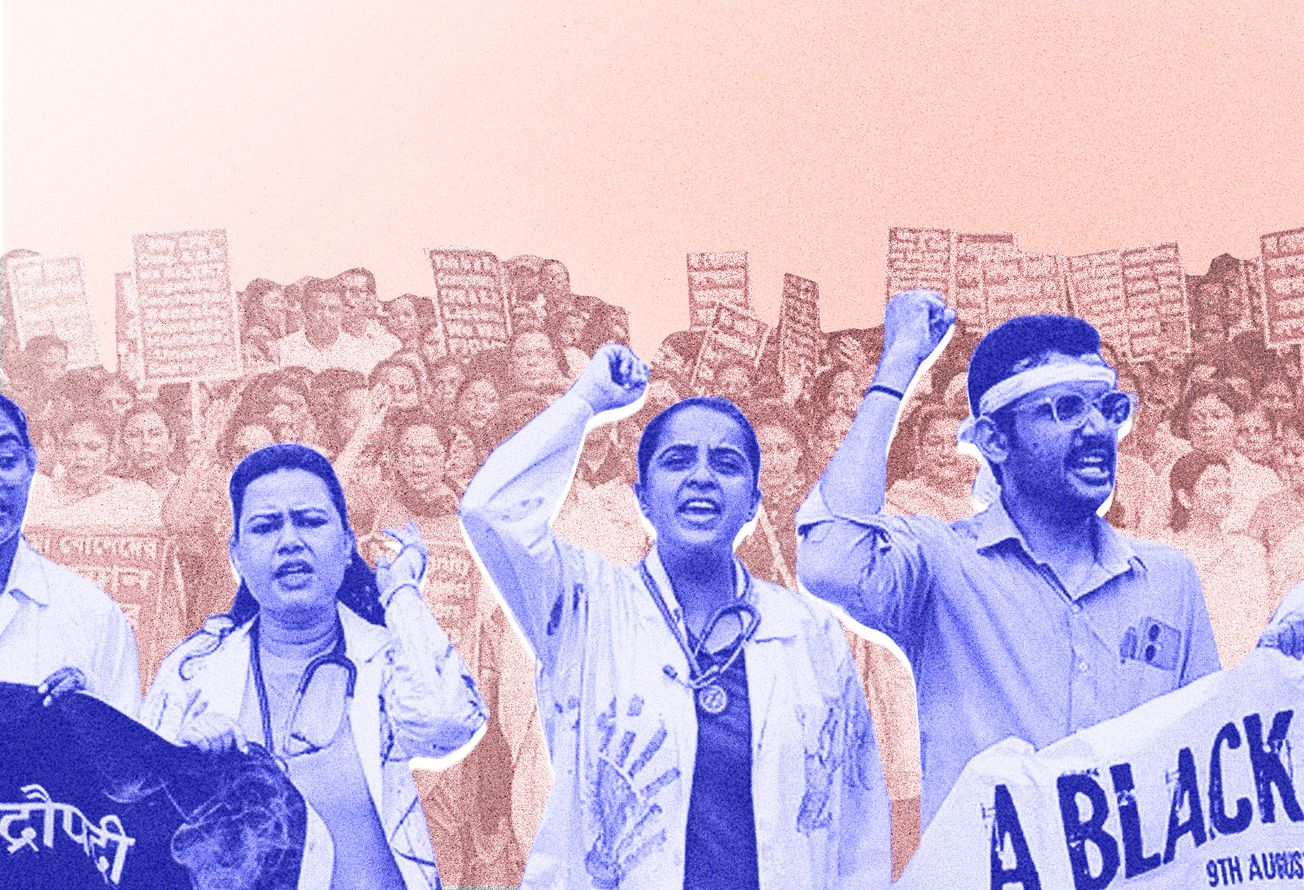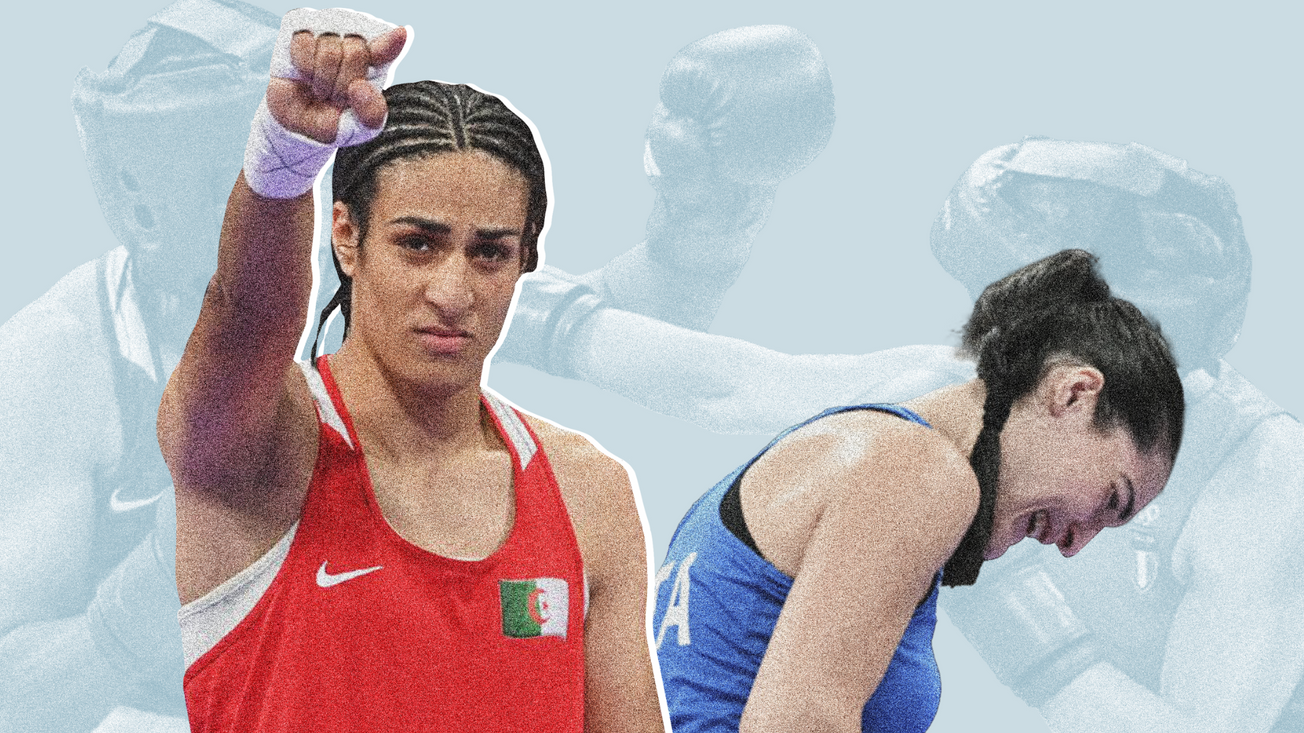Two years ago, a young Dalit man told me about a frustrating encounter at his university canteen with a Brahmin man. As they waited their turn in the queue, the Brahmin man glanced at the menu and said, "Oh, there's no curd rice. Which South Indian doesn't eat curd rice at night!" The Dalit man was annoyed, knowing that historically, not all South Indians, especially those from marginalised castes, could afford curd or rice. Venting to me about the ignorance and impertinence of dominant caste people, he said curd rice had never been a part of the diet of the South Indian Madiga community he belonged to. If there was one food most associated with and loved in the community, it was beef, which South Indian Brahmins reject. "Ragi balls with beef curry [were] a standard combination in all Madiga households…you take a walk around [the area] on Sunday and you cannot ignore the deliciously smelling beef," he said. However, eating beef is not considered a South Indian standard even though Bahujans are a demographic majority in the region.
Dominant caste cultural practices are frequently passed off as the standard. The casteist assumption that this standard is superior is accepted across communities. As a result, numerous non-Savarna cultural practices face erasure. There is nothing joyous or natural about the mainstreaming of Savarna culture. It is merely the result of socialisation into a system designed to keep casteist structures intact. French sociologist Pierre Bourdieu explains that individuals learn how to behave and integrate into society by internalising the social expectations of our “habitus” or environment. After all, the dominant group is the most powerful, with the highest capacity to exert social pressure.
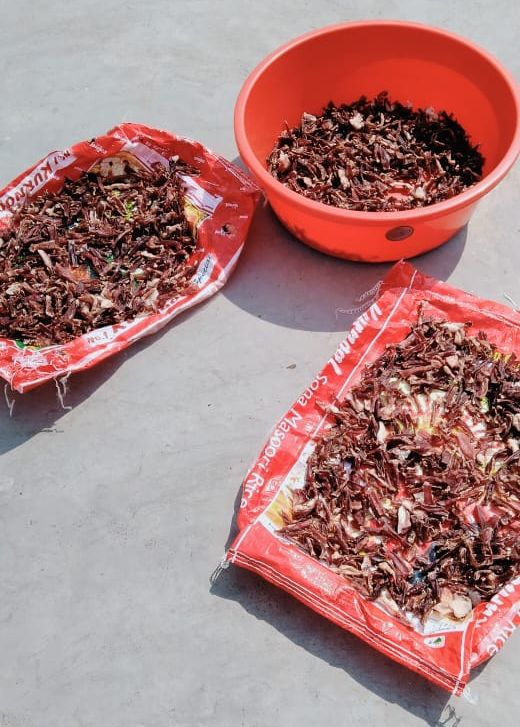
According to philosopher Antonio Gramsci, this cultural hegemony is obtained via “common sense,” which is socially constructed. For instance, the Savarna notion of “purity” is considered commonsensical even though it’s discriminatory. A dominant caste person confidently asserts their caste markers as dominant culture has gained currency over time. South Indian Savarnas can thus assert the practice of rounding off a meal with curd rice while treating those unfamiliar with this practice with disdain. A person from an oppressed group might concede to the idea that their culture—such as the routine of finishing one’s meal with a piece of meat rather than curd rice—is either non-existent or defiling. Similarly, Savarna festivals are projected as festivals of all the people of India. During Dussehra, the Savarna celebration of the supposed triumph of good over evil is considered universal. However, the Avarna tradition of grieving and honouring ancestors who fought against Brahminical dominance is sidelined.
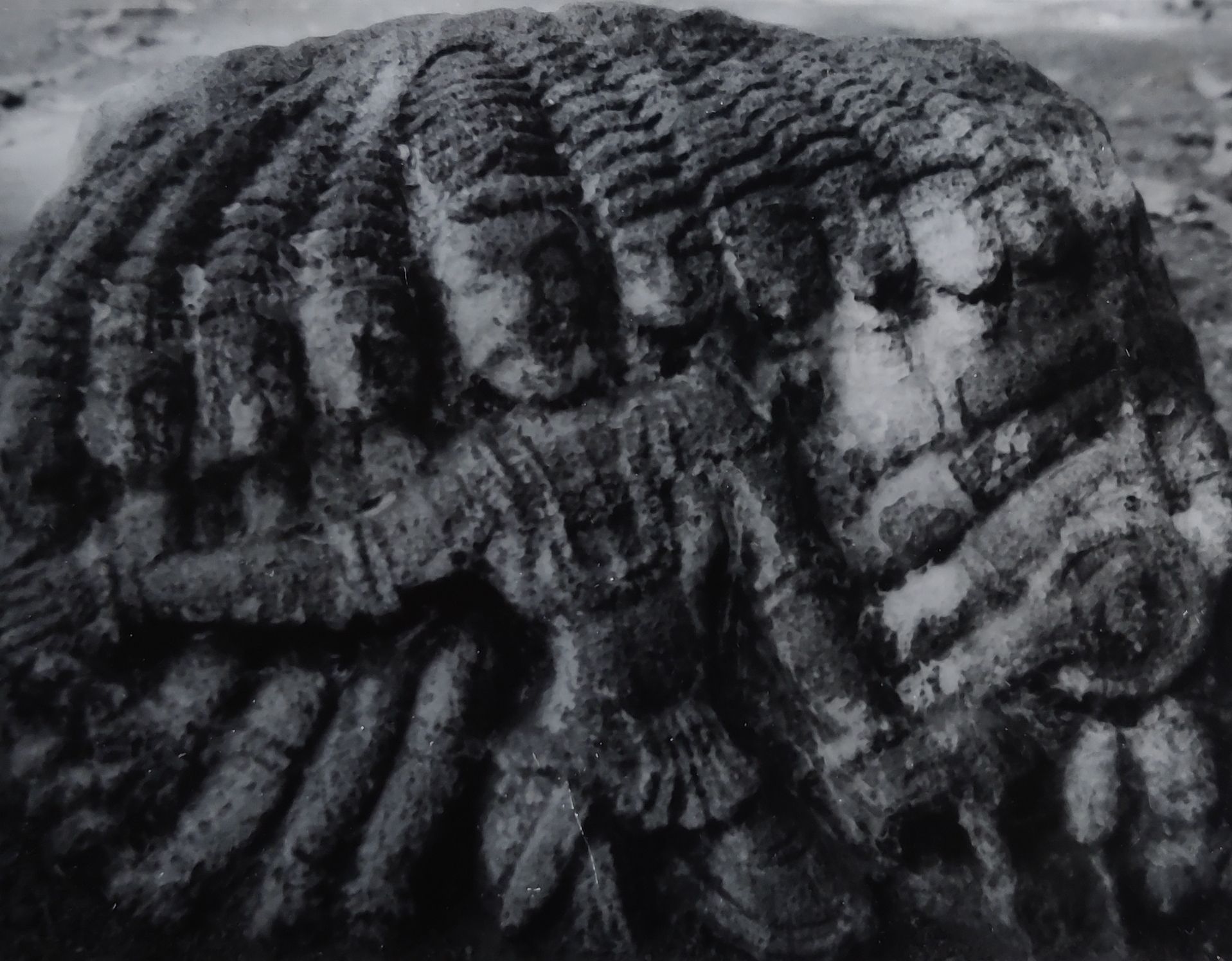
Similarly, the Avarna tradition of using pumpkin leaves, castor oil leaves, and muttuga leaves to serve food is supplanted as a desired norm by the Savarna tradition of serving food on plantain leaves.
The long-standing political and economic supremacy of dominant castes has created the illusion of Savarna cultural superiority. Many individuals from oppressed castes imitate Savarna behaviours in a bid to achieve equal footing. This phenomenon can be understood better if culture is viewed in its external (social) and internal (psychological) dimensions. Martiniquais-Algerian philosopher-psychiatrist Frantz Fanon describes how Black colonised individuals internalise the cultural hegemony of White colonisers. This manifests in attempts by the colonised to assimilate with White culture, unlearning or rejecting practices indigenous to them, to gain affirmation and acceptance in society. The Brahminical ritual of Satyanarayana pooja to initiate “auspicious” events is thus practised by many oppressed caste groups.
Another example is Ganesha Chaturthi, a festival previously unknown to Dalit communities, which has recently made its way into their calendars. On the flip side of this process, Bahujan traditions of offering meat and alcohol to deities are increasingly discarded for not adhering to notions of purity tied with vegetarianism. Bengaluru, the city I reside in, is predominantly known for its masala dosa and filter coffee from restaurants such as CTR, MTR, and Brahmin’s Thatte Idli. These restaurants were founded by and for Brahmins and only represent areas such as Malleshwaram, Jayanagar, and V.V. Puram. It is Savarna cultural dominance that creates this association, obscuring from view the fact that beef and other meat from areas such as Shivajinagar, Gangondanahalli, Tilaknagar, Neelasandra, Eejipura, and Tannery Road are just as much a part of the city and its cuisine.
Caste-based notions of “normal behaviour” repeatedly manifest in our ways of eating. For instance, eating ragi mudde—balls made of powdered millet—by breaking them into halves and swallowing them with curry is a common practice among the working class in Karnataka. The dominant castes look down upon this as “lowly”. On the other hand, the dominant caste practice of licking one’s fingers to the wrist and making slurping sounds while eating rasam or curd is upheld as an act of cultural superiority.
While a majority of dominant caste individuals continue to embrace their caste identity with pride, some among liberal groups commit themselves to being anti-caste. The idea that castelessness can be achieved by rejecting dominant caste identity prevails. A countable few read anti-caste literature, get involved in the Dalit movement, shun their sacred thread, consume beef, and remove all major markers of their upper caste identity. However, they fail to unlearn entitled behaviours and continue to communicate in aggressive or patronising ways that reinforce caste power dynamics.
Brahminical cultural dominance has seeped into every aspect of our lives and shattered Bahujan culture. At a psychological level, this has led to the alienation of oppressed castes from their community as they are forced to dissociate from their cultural practices. To resist this erasure, oppressed caste groups must follow the simple but powerful African proverb: the best way to fight an alien and oppressive culture is to embrace your own. Instances of such reclamation can already be found in history. In Talakadu, Karnataka, people from oppressed castes assemble yearly to celebrate their village protector, Bandarasamma. At this month-long festival, a hefty percussion instrument known as the hebbare is played by oppressed caste Holeyas, who have maintained sole ownership of it. Despite being made of cowhide (generally shunned by Savarnas as impure), it has not only resisted stigmatisation but has long been revered as the instrument of divine power. Devotees, regardless of their caste, touch the hebbare to seek blessings.
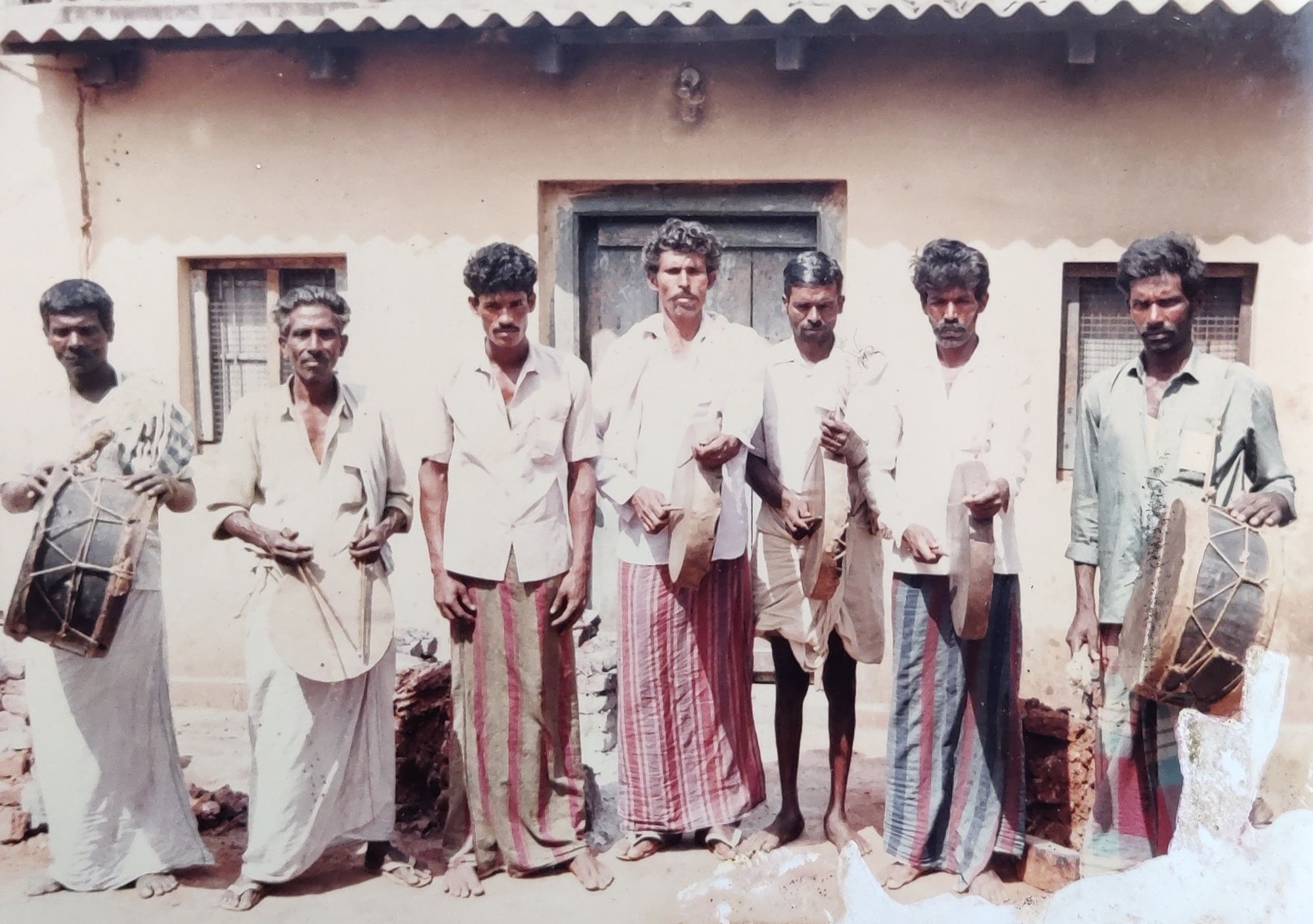
The parai of Tamil Nadu is also a percussion instrument made of cowhide that was originally branded as inauspicious as it was beaten at funerals by Dalit Paraiyars. In contrast, mridangams, played by Savarnas, were considered divine and festive. Now, the parai is increasingly played with flourish and pride by the Paraiyar community. This revival serves as a drumbeat to dethrone Brahminical supremacy.


